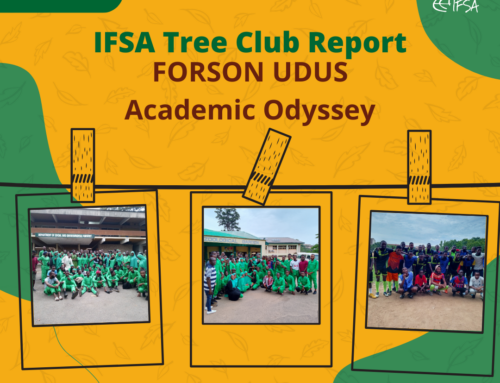During the last decades it seemed like the international climate change policy had forgotten about the world’s primary forests. But today the potential of primary forests as a solution for climate change is undeniable- it is shown that they have an increased carbon stock of 30-70% compared to managed forests. The restoration of forests, wetlands and soils is one of the key solutions aimed at fighting deforestation and land degradation.
The progress of technology and measurement methods shows that the tropical forests are losing carbon dioxide at the moment because of land degradation. Considering this, logging and forest fires can be identified as the main causes. Significant increase in emission of GHG`s and the reduction of precipitation are ongoing global effects which also have an impact on a regional scale. Less precipitation and shorter rain seasons affect the traditional double-crop agriculture and therefore forces the indigenous people to exploit new land in primary forests.
Within those last remaining forests there is a great cultural diversity which goes hand in hand with natural biodiversity. It seems that the best protected areas are indigenous properties: 4% of the global population are indigenous people who control 20% of the landmass which shelters 80% of the global biodiversity!

 Niclas Hoegel (left) and Sebastian Kägler (right) are studying Forestry and Wood Science at the Technical University of Munich. They are both majoring in International Forestry and enjoy witnessing climate policy formation first hand at COP23 in Bonn.]]>
Niclas Hoegel (left) and Sebastian Kägler (right) are studying Forestry and Wood Science at the Technical University of Munich. They are both majoring in International Forestry and enjoy witnessing climate policy formation first hand at COP23 in Bonn.]]>




